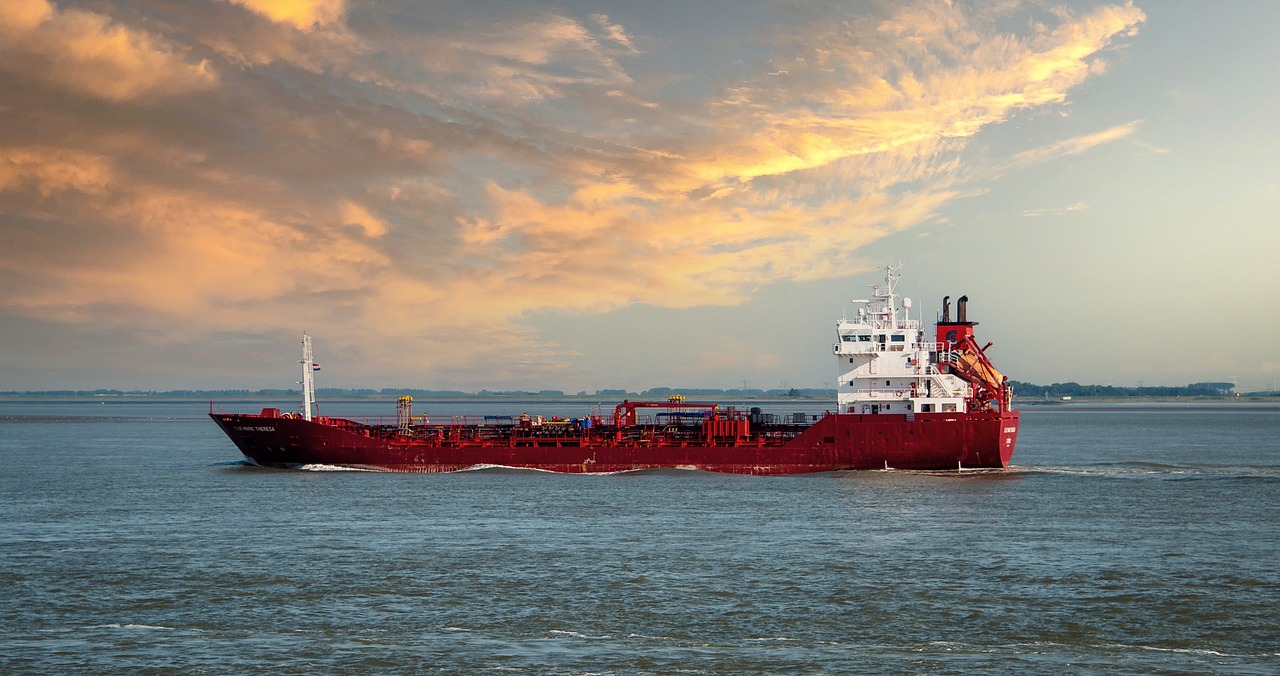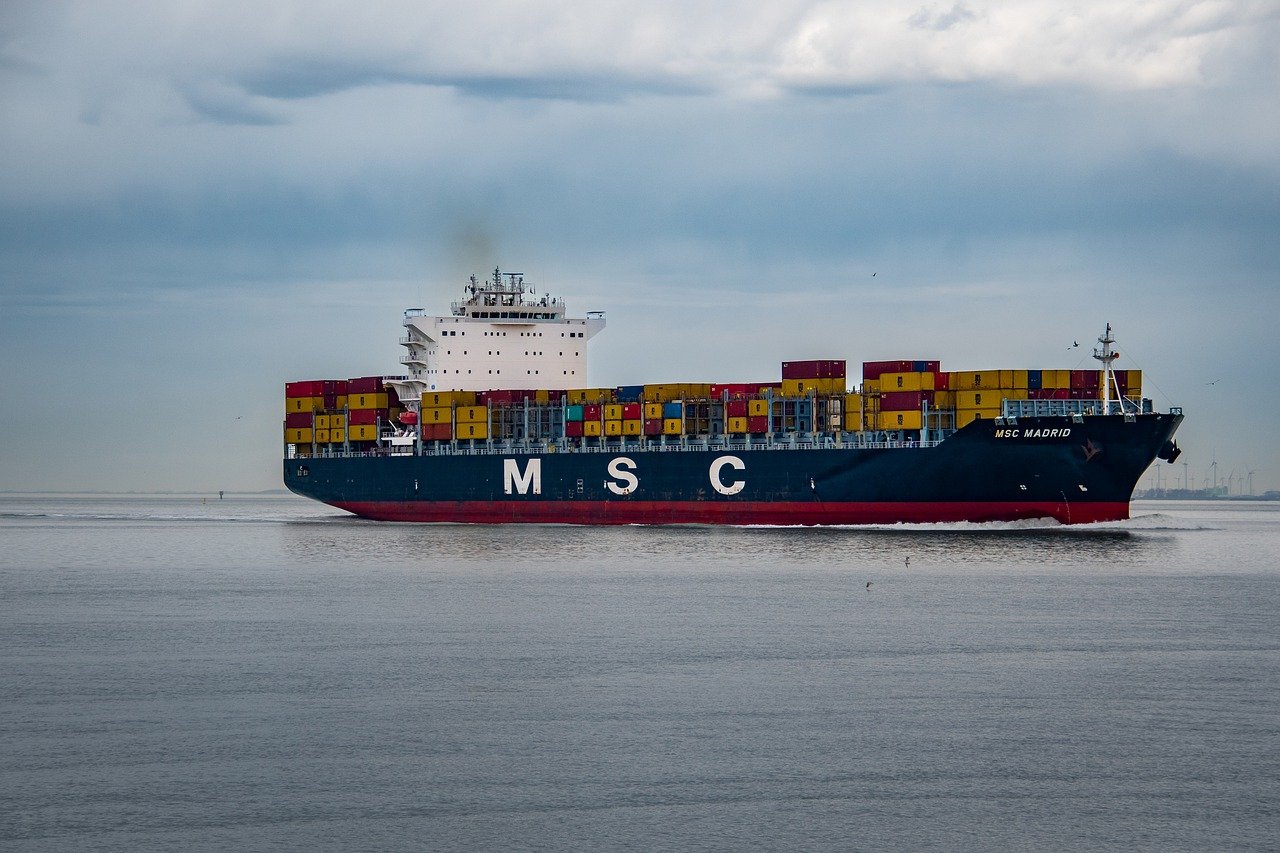Cargo Thefts in North America Jump 49% in First Half of 2024
Cargo thefts at freight hubs in major cities across North America increased 49% year-over-year in the first half of 2024. According to data released by cargo
Maryland Awards $73M Contract to Start Rebuilding Collapsed Baltimore Bridge
Maryland has awarded a $73 million contract to Kiewit Infrastructure for the first phase of rebuilding the Francis Scott Key Bridge in Baltimore, which collapsed
UPS Introduces New Surcharges on China Imports Ahead of Peak Season
UPS is hitting cargo owners with multiple surcharges in the run-up to the peak season – with the biggest hit on imports from China and
Maritime Industry Booms in Q2 2024 Despite Global Supply Chain Challenges
The container shipping industry reported a significant profit increase in the second quarter of 2024. According to John McCown’s quarterly report on liner sector earnings, net income
Port of Portland Presents Strategy to Sustain Container Service at Key Terminal
A coalition of shipping stakeholders has delivered a business plan to Oregon Governor Tina Kotek, containing proposed measures to keep international container service running at










